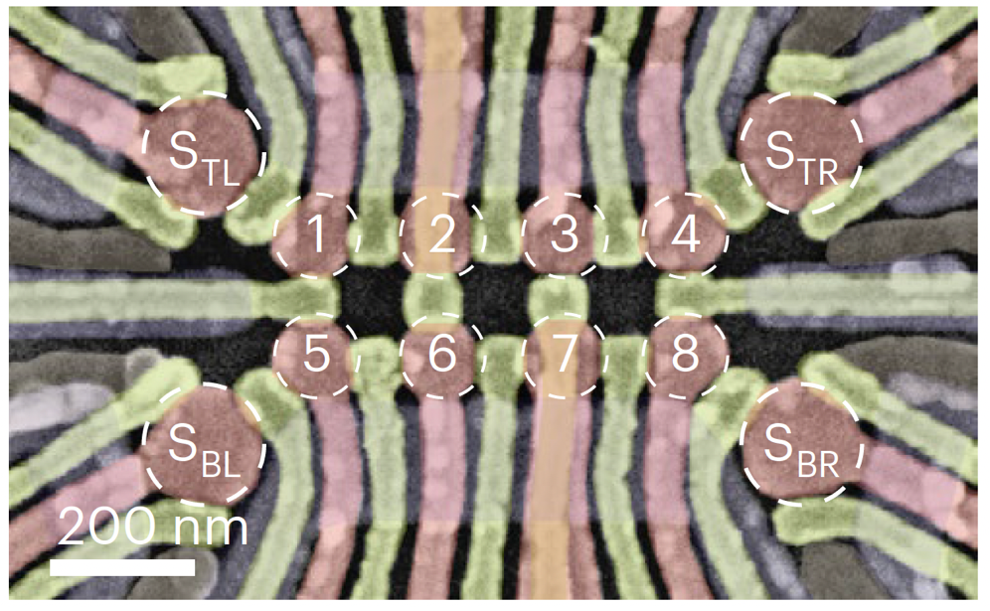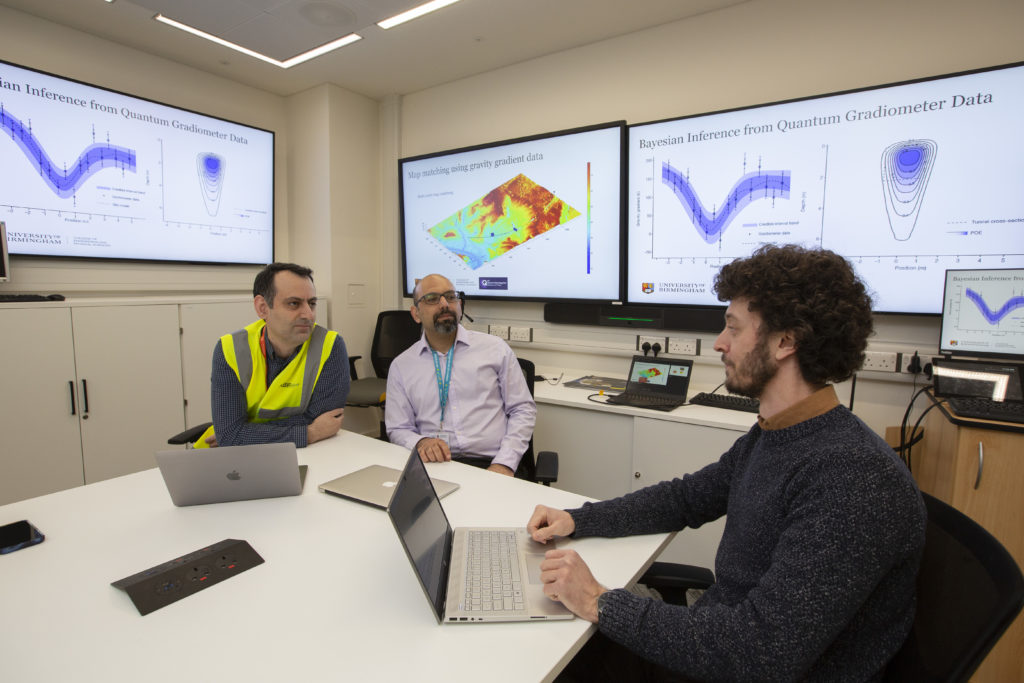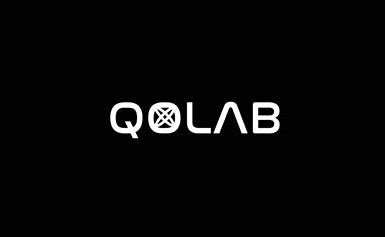A groundbreaking achievement in quantum computing has emerged from QuTech, where researchers successfully demonstrated control of four qubits using eight germanium quantum dots. This milestone, featured on the February cover of Nature Nanotechnology, represents a significant advancement in semiconductor-based quantum computing.
The team from TU Delft and TNO created an innovative 2×4 array of quantum dots, each containing a single spin. By treating adjacent spin pairs as qubits and developing sophisticated calibration methods, they achieved unprecedented control over this quantum system. This architecture allowed them to manipulate quantum information with high fidelity across multiple qubits.
What makes this achievement remarkable is the implementation of quantum information transfer. The researchers successfully entangled the first and second qubits, then transferred this entanglement sequentially to the third and finally fourth qubit. The result was entanglement between the first and fourth qubits with 75% Bell state fidelity—a first-of-its-kind demonstration with substantial room for improvement.
Lead researcher Lieven Vandersypen notes that this work provides physicists with a versatile platform for investigating quantum phenomena with exceptional control. The team’s progress reflects dramatic improvements in quantum engineering over the past decade, transforming what was once extremely difficult into relatively straightforward procedures.
The research addresses a fundamental challenge in quantum computing: reliably controlling and coupling increasing numbers of qubits.
Beyond advancing quantum computing technology, this research creates new opportunities for simulating quantum phase transitions and studying magnon propagation across spin arrays. The team’s “more, better, easier” philosophy continues to push boundaries toward full-scale quantum computation, demonstrating how semiconductor qubits show tremendous potential for large-scale quantum computing applications.



